SS Arandora Star

|
|
This part is copied from Wikipedia, it may NOT be 100% accurate SS Arandora Star was a British passenger ship of the Blue Star Line. She was built in 1927 as an ocean liner and refrigerated cargo ship, converted in 1929 into a cruise ship and requisitioned as a troop ship in the Second World War. At the end of June 1940 she was assigned the task of transporting German and Italian internees and prisoners of war to Canada. On 2 July 1940 she was sunk in controversial circumstances by a German U-boat with a large loss of life. In 1925 Blue Star ordered a set of new liners for its new London – Rio de Janeiro – Buenos Aires route. Cammell Laird of Birkenhead built three sister ships: Almeda, Andalucia and Arandora. John Brown & Company of Clydebank built two: Avelona and Avila. Together the quintet came to be called the "luxury five".
Cammell Laird launched Arandora on 4 January 1927 and completed her in May. As originally built she measured 12,847 gross register tons (GRT), was 512.2 feet (156.1 m) long, had a beam of 68.3 feet (20.8 m) and accommodated 164 first class passengers. She had a service speed of 16 knots (30 km/h). A major refit in 1929 reduced her cargo space and increased her passenger accommodation to turn her into a cruise ship. |
|
As Arandora she sailed from London to the east coast of South America from 1927 to 1928. In 1929 she was sent to Fairfield Shipbuilding and Engineering Company Limited of Glasgow for refitting. In the refit, her gross tonnage was increased to 14,694 and first class accommodation was increased to 354 passengers. A tennis court was also placed abaft the funnels on the boat deck and a swimming pool was installed in the after well deck. Upon completion, she returned to service as a full-time luxury cruise ship. At the time of this refit, she was also renamed Arandora Star. The renaming was done to avoid confusion with Royal Mail Ships which typically bore names beginning and ending in 'A'.
As a cruise ship Arandora Star was based mainly in Southampton, and voyaged to many different destinations. These included Norway, the Northern capitals, the Mediterranean, the West Indies, Panama, Cuba, and Florida. Arandora Star also had two unique nicknames because of her colour scheme of a white hull with scarlet ribbon. The nicknames most frequently used were "The Wedding Cake" or the "Chocolate Box". |
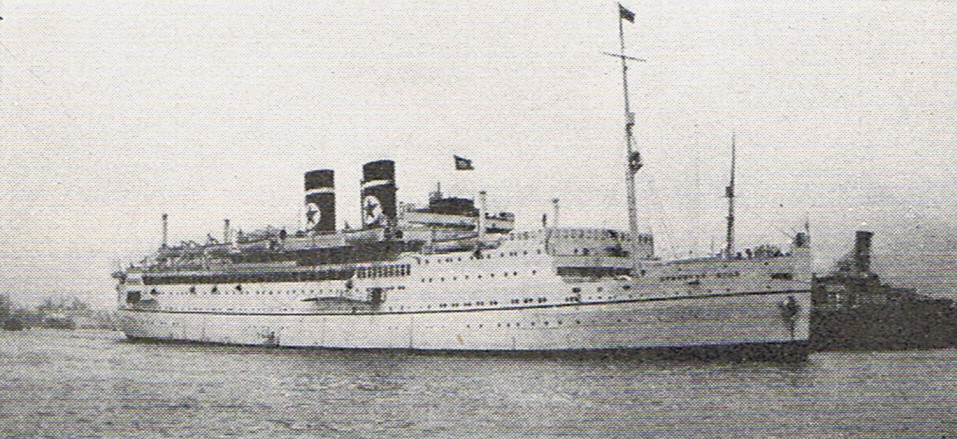 |
| WW2 | |
|
When the UK entered the Second World War on
September 1939 Arandora Star
was en route
from Cherbourg to New York. She returned to Britain
via
Halifax, Nova Scotia, where she joined the
very first HX-series convoy, Convoy HX 1. At the end of September the Admiralty assessed the ship at Dartmouth, Devon and decided she was unsuitable for conversion to an armed merchant cruiser. In December she was ordered to Avonmouth where she was fitted with the Admiralty Net Defence anti-torpedo system, consisting of underwater wire mesh suspended from booms either side of the ship. She was fitted out at Avonmouth and then spent three months based at Portsmouth testing nets of various gauges in the English Channel. On tests the system was successful at catching torpedoes and reduced Arandora Star 's speed by only 1 knot (1.85 km/h). In March 1940 the ship was sent to Devonport where the equipment was removed. She was then sent to Liverpool for orders.
On 30 May the ship left Liverpool for Norway to help evacuate Allied troops. She sailed unescorted via the Firth of Clyde to Harstad, where she embarked 1,600 personnel, most of them RAF plus some French and Polish troops. She left Harstad on 7 June and took her evacuees to Glasgow.
On 14 June the ship left Glasgow, going via Swansea to rescue troops or refugees from Brest in Brittany. Continuous Luftwaffe attacks on the port and town prevented her from entering, and only half a dozen refugees managed to get out by boat and join the ship. Arandora Star escaped with the aid of a destroyer, which gave anti-aircraft cover and came under heavy air attack. The liner took her handful of evacuees to Falmouth, where she bunkered. She then went to Quiberon Bay on the Bay of Biscay, where she evacuated about 300 people from Saint-Nazaire on 17 June. Sources disagree whether she took these to Falmouth or Plymouth. Arandora Star was lucky that Saint-Nazaire was fairly quiet when she visited. On the same day Luftwaffe aircraft sank RMS Lancastria there, killing several thousand people.
Arandora Star 's next trip to France was to the southwest near the border with Spain. There she found Bayonne under Luftwaffe attack but assisted by a destroyer she picked up about 500 people who were in overloaded small craft adrift off the beach. These she took to Falmouth before returning to the same part of France. She entered Saint-Jean-de-Luz where a Polish army was trapped. She embarked about 1,700 troops and refugees including the Polish Staff, and left just in time as Luftwaffe aircraft approached to bomb the town. She took her evacuees to Liverpool. |
The
ARANDORA STAR
was built by the well-known West-Coast shipbuilder,
Cammell Laird &
Company Limited, of Birkenhead, in 1927. Her as-built particulars were
as follows : Yard
Number: 921 |
|
These 4 images of a lifeboat from this ship
were taken by Ian Macinnes of South Uist where this Arandora lifeboat came to rest; bodies were also washed ashore here 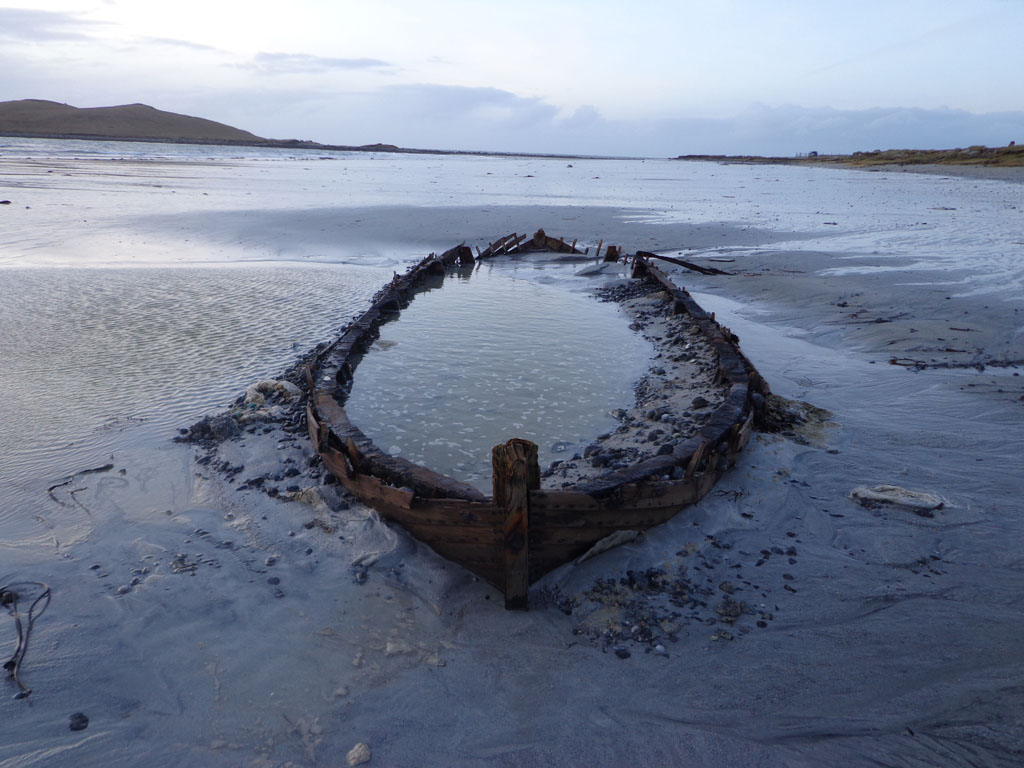 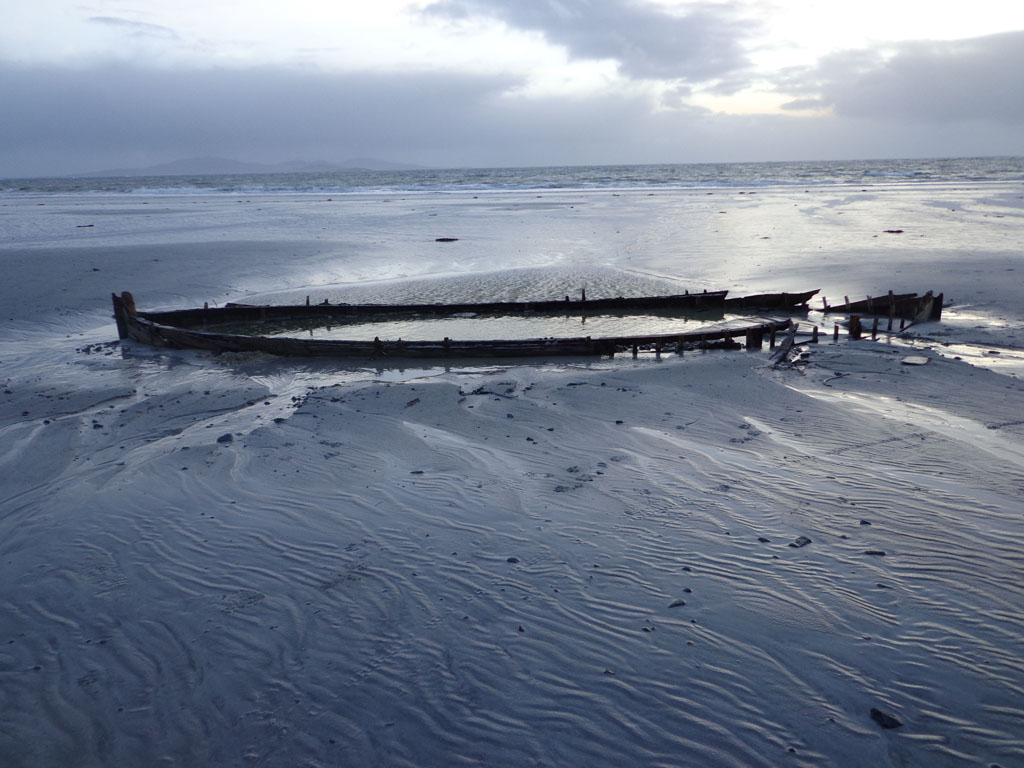 |
What became
Arandora Star 's
final voyage was to take Italian and German internees and German
prisoners of war to Canada. In
Liverpool on 27–30 June she embarked 734 interned Italian men, 479
interned German men, 86 German prisoners of war and 200 military guards.
Her crew numbered 174 officers and men.
Her Master was Captain Edgar Wallace Moulton. The ship was bound for St
John's, Newfoundland, and her internees for Canadian internment camps. Sources disagree as to whether the ship left Liverpool on 30 June or at 0400 hrs on 2 July 1940. She sailed unescorted, and early on the morning of 2 July she was about 75 miles west of Bloody Foreland when U-47, commanded by U-Boat ace Günther Prien struck her with a single torpedo. Prien believed the torpedo to be faulty, but it detonated against Arandora Star 's starboard side, flooding her after engine room. All engine room personnel including two engineer officers were killed. Her turbines, main generators and emergency generators were all immediately out of action, and therefore all lights and communications aboard.
Chief officer Frederick Brown gave the ship's
position to the radio officer, who transmitted a distress signal.
At 0705 hours Malin Head radio acknowledged the message and
retransmitted to Land's End and to Portpatrick.
Lifeboats
The cruise ship carried 14 lifeboats and 90 liferafts. The torpedo destroyed one starboard and disabled the davits and falls of another. Two boats were damaged during their launch and thus useless. The crew successfully launched the remaining 10 boats and more than half the liferafts. Some boats were overloaded by prisoners descending the falls and side ladders. But many of the Italians were too afraid to leave the ship. At least four of the remaining lifeboats were launched with a very small number of survivors. One other lifeboat was swamped and sank shortly after being launched.
One of the internees on Arandora Star was Captain Otto Burfeind, who had been interned after scuttling his ship, the Adolph Woermann. Burfeind stayed aboard Arandora Star organizing her evacuation until she sank and he was lost.
The ship listed further to starboard, and at 0715 hrs Captain Moulton and his senior officers walked over the side into the rising water, leaving behind many Italians who were still too afraid to leave the ship. At 0720 hrs the ship rolled over, raised her bow in the air and sank. 805 people were killed, including Captain Moulton, 12 of his officers, 42 of his crew and 37 of the military guards.
|
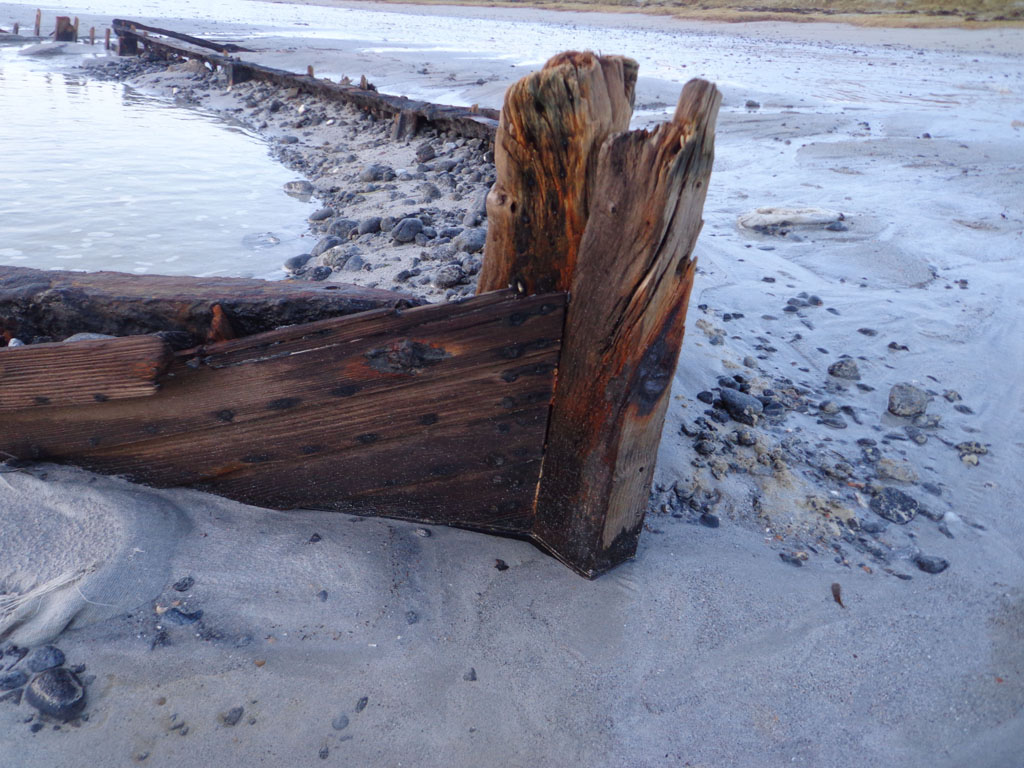 |
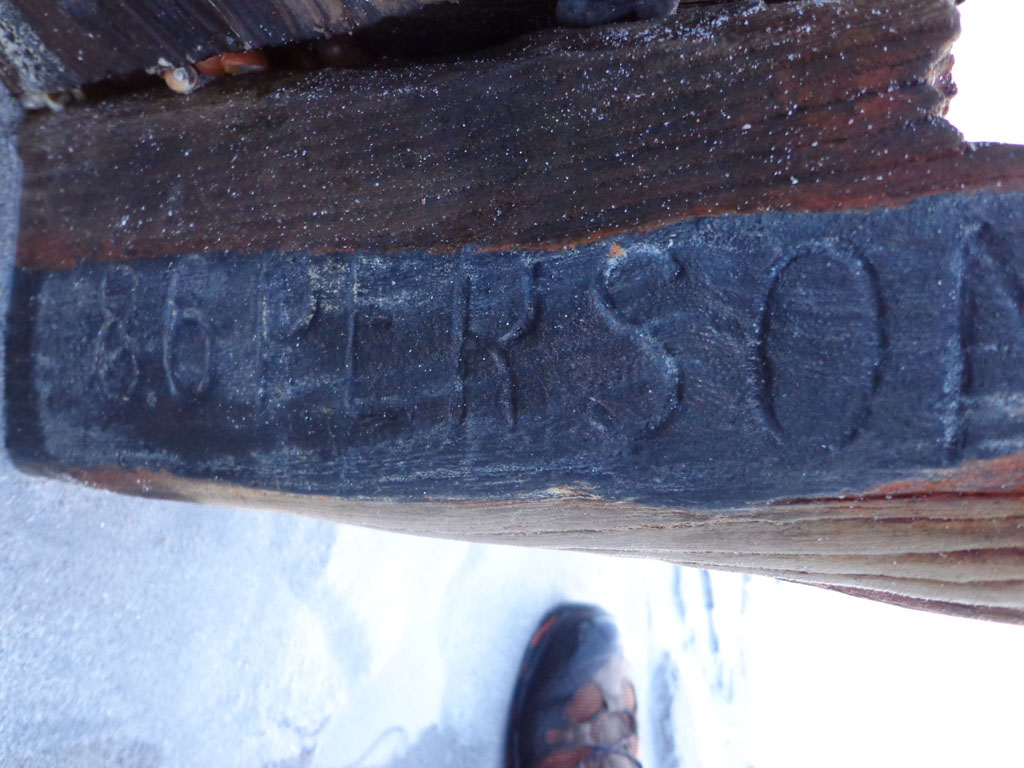 |
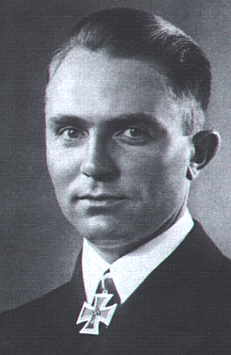 Gunther Prien - U47 |
|
|
https://www.youtube.com/watch?v=Szg_MoGShNk Italian Memorial Video |
These documents are representative of the official British position with
respect to the tragedy. The incident continues to attract much
controversy. The need to intern so many Germans and Italians is
questioned, many of them were either refugees from Hitler or were
longstanding residents in Britain who posed no threat and were
antipathetic to Hitler and Mussolini. And there remains the question as
to whether they really were treated equally in the evacuation from the
sinking ship. I see no controversy in this as, according to the eye witness statement copied above, the prisoners took it upon themselves and (swarmed) climbed into the lifeboats and left many on board. |